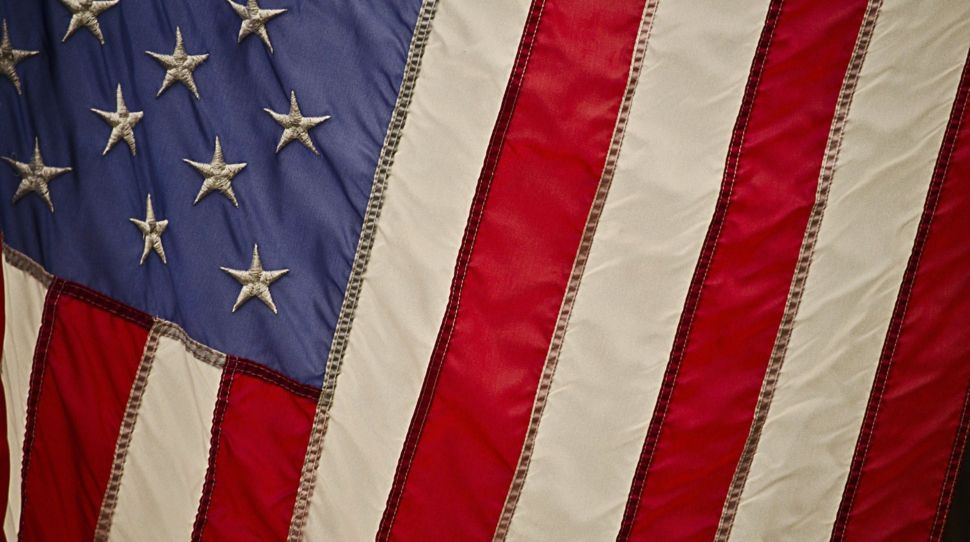The Fed’s Stimulus Package: Fed funds rate cut to 0% - 0.25%

The Fed cut its main policy rate, the federal funds rate, by 100 basis points to a corridor now defined with a lower bound of 0% and an upper bound of 0.25%. Ms Loretta J. Mester of the Cleveland Fed voted in favour of all actions but also in favour of a higher corridor of 0.5% - 0.75%. Chair Powell commented on negative interest rates not being appropriate for the US, suggesting that there will be no further rate cuts from here.
The Fed said: “The Federal Reserve is prepared to use its full range of tools to support the flow of credit to households and businesses and thereby promote its maximum employment and price stability goals.”
To this end, the FOMC decided to increase its holdings of Treasury securities by at least USD 500 billion and its holdings of agency mortgage-backed securities by at least USD 200 billion, “at a pace appropriate to support the smooth functioning of markets”. All principal payments will be reinvested.
Overnight and term repurchase agreement operations (repos) will be expanded. Reverse repos will be offered at 0%, at a per-counterparty limit of USD 30 billion per day.
The interest rate paid on required and excess reserve balances (IOER rate) is set at 0.10%, effective today.
The reserve requirement ratios are reduced to 0% effective 26 March. This action eliminates reserve requirements for all depository institutions.
The primary credit rate was cut by 150 basis points to 0.25%, adopted unanimously.
The discount rate is reduced to 0.25% and will offer loans for periods up to 90 days.
The Fed will maintain swap lines with five major central banks: the Bank of Canada, the Bank of England, the Bank of Japan, the ECB, and the Swiss National Bank. These central bank counterparts will begin offering dollars to institutions in their jurisdictions for a term of 84 days, in addition to the usual one-week operation.
The Fed said the actions taken will help “…our entire economy weather this difficult period and will foster a more vigorous return to normal once the disruptions from the coronavirus abate.”.
The FOMC meeting of Sunday 15 March was in lieu of the meeting scheduled for 17-18 March.
The Fed will not present any new projection materials until June.
Fiscal Action
All actions taken by the Fed and other central banks recently is certainly welcome and likely to lower the risks of the health crisis turning into a financial crisis and, in the words of the Fed, they will foster a more vigorous return to normal. However, fiscal action is what can prevent the destruction of production capacity. Notably, lost income must be replaced, and firms should receive help in order to avoid bankruptcy.
The US House of Representatives passed a bill last Friday 13 March which the Senate is expected to vote upon this week. The cost of the package is not yet known, and the Congressional Budget Office is busy calculating the price tag. The package includes paid sick leave and paid family and medical leave, equal to 75% of pay. However, this applies only to firms with fewer than 500 employees and the government, and to persons infected, quarantined, or affected by school closures and/or with a sick family member. Also, firms with fewer than 50 employees can seek exemption. 59 million Americans work for companies with 500 or more employees and about 6.5 million of them do not have any paid sick days. Another 12 million people work for firms with fewer than 50 employees and do not have paid sick leave. Some large firms have announced they will provide paid sick leave, including Walmart and Target. The legal provisions would expire in a year.
The bill also includes free coronavirus testing for all, including the uninsured. That obviously necessitates more generally available test kits and laboratory resources. States will receive a boost of 6.2 percentage points increase in federal payments for Medicaid.
A further USD 1 billion will be allotted to food security programmes. The bill in its current form bars the administration from limiting the current food stamps programme as is planned from 1 April, for the duration of the coronavirus pandemic.
States can also receive a total of USD 1 billion in emergency grants to assist with processing and paying for unemployment insurance.
These measures will only be helpful once they are approved. Switzerland managed to roll out CHF 10 billion worth of support last Friday without requiring any lengthy bureaucratic procedures. Time is obviously of the essence when it comes to both helping to limit the pace of the propagation of the virus, and the economic cost of the measures taken.
We persist in thinking that the number of new cases might peak in the second quarter, and that confidence in general and in the financial markets can improve from that point. To be sure, the risks are that the temporary nature of this crisis extends its timeline. In rough terms, we estimate a negative impact on global GDP by up to 0.5 percentage points per additional quarter of duration. If limited to the first two quarters of this year, we can imagine a global GDP in the vicinity of 2.4%. On currently available information, we think that the second half of 2020 could see a marked recovery both in the economy and in financial markets.
Source: https://www.federalreserve.gov/monetarypolicy/files/monetary20200315a1.pdf, https://www.nytimes.com/2020/03/14/us/politics/congress-coronavirus-bill.html, Indosuez Wealth Management.
March 16, 2020




